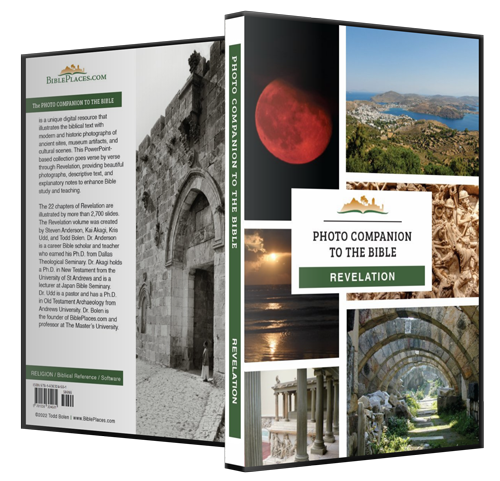To the angel of the church in Sardis write . . . (Revelation 3:1)
Sardis was a city with seemingly impregnable defenses. In ancient times, Sardis was located on the top of a massive acropolis with 1,500-foot (460-m) cliffs on three sides and a steep approach on the other. The city’s natural defenses had made it the capital of great kingdoms in the past, but its importance had waned by John’s day, and the main city was now located on the plain below the acropolis. It was still a wealthy city with some notable features, but was not so important as Ephesus, Smyrna, or Pergamum.





